
GRiD onboard Space Shuttle "Discovery" mission STS-51G - June 1985. source: http://images.jsc.nasa.gov/ |
|

GRiD onboard Space Shuttle "Discovery" mission STS-51G - June 1985. source: http://images.jsc.nasa.gov/ |


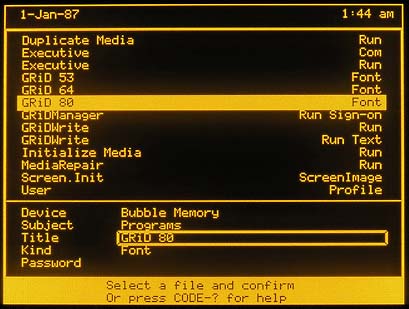 Few, if any, non-IBM computers in 1982 ran MS-DOS,
and the GRiD is no exception. Although MS-DOS compatibility was eventually added, the original GRiD 1101
ran only the GRiD-OS operating system - its design started in 1979, before MS-DOS or the
IBM PC existed.
Few, if any, non-IBM computers in 1982 ran MS-DOS,
and the GRiD is no exception. Although MS-DOS compatibility was eventually added, the original GRiD 1101
ran only the GRiD-OS operating system - its design started in 1979, before MS-DOS or the
IBM PC existed.
| -GRiDManager | -communication and utility functions |
| -GRiDPrint | -control format and appearance of text files |
| -GRiDWrite | -full-screen text editor |
| -GRiDPlan | -electronic worksheets |
| -GRiDFile | -database facilities |
| -GRiDPlot | -converts data to graphs |
| -GRiDBASIC | -programming language |
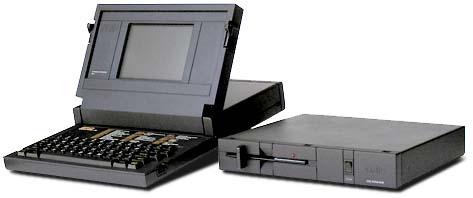 While the Compass 1101 has no built-in floppy drive, its internal (non-removeable) 384K of bubble memory takes
its place, and will hold your data indefinitely, even if all power is removed.
While the Compass 1101 has no built-in floppy drive, its internal (non-removeable) 384K of bubble memory takes
its place, and will hold your data indefinitely, even if all power is removed.




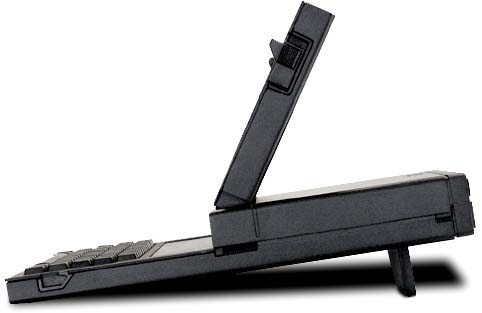

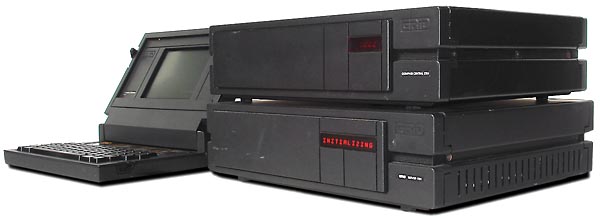
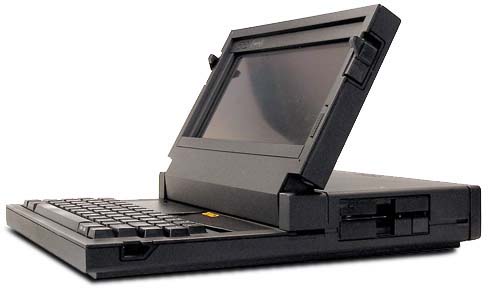

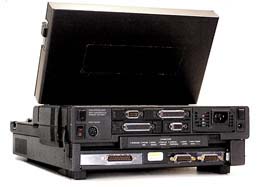


|